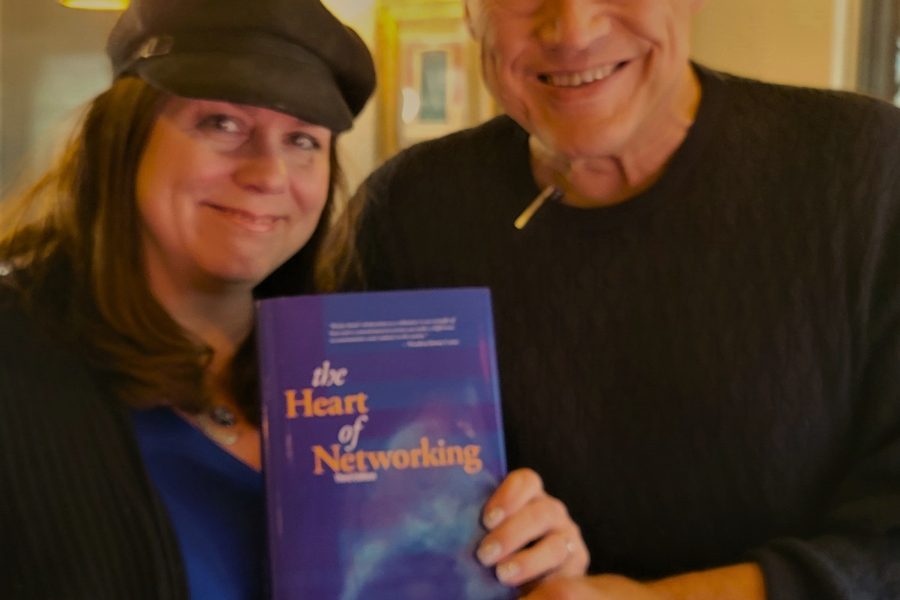Ever tried to get an engineer to explain a company’s newest product or solution to a lay audience?
It can be frustrating. A lot of technical people have difficulty stepping back and speaking clearly outside their universe – whether it is the latest gadget for in-flight connectivity or software for supply chain logistics. But, as high-tech communicators, we serve as a bridge between the no-man’s land of nanotech speak, and the company’s mainstream audience of business decision makers, investors and non-technical staff.
How do you pull the necessary detail from a technical source and still get the big picture across? Geek speak is confusing to both casual online perusers and the more targeted business readers.
Here are six tips for minimizing techno-speak in news releases, marketing materials and website copy — mastered in 17 years crafting copy in the high-tech world:
1. Get more than one viewpoint. Ideally, sit down with both the technology and marketing sources so you can ask questions a different way and get varying perspectives.
2. Always bring it back to the customer – what customer problem does our technology, service or product solve? Tell a story.
3. Bring in the competition – ask what differentiates our breakthrough, product, solution or service from what is already out there. You may be pleasantly surprised by what you learn.
4. Resist using in-house techno-speak — especially acronyms that are only known to IEEE members. Your job is to grab readers with a simple, succinct description that they can understand without scratching their head. Ask your expert (and yourself): “Is there a simpler way to say this?”
5. Use numbers and other comparison language — for example, when talking about the speed or throughput of a data product,instead of stating the megabits per second, try a reference that your readers will understand: “DSL-like speeds two times faster than the current product.”
6. Seek third-party credibility – can you get a customer or an industry expert to comment on the solution? Including their perspective can carry a lot more weight than relying just on company sources.
A final thought — if you face a stumbling block as you de-jargon and simplify the message, seek inspiration and advice from other wordsmiths. Visit the Visual Thesarus, a handy resource that provides word associations in a cool visual format that encourages out-of-box thinking:
http://www.visualthesaurus.com/. The blog commentary on the site alone is worth a look, including a guest Writers Talk About Writing column. Check out a post on Nov. 5 called “Microspeaking” by Mike Pope, a technical editor at Microsoft, who discusses some of the quirky jargon that has emerged at the software behemoth: http://www.visualthesaurus.com/cm/wc/2058/.




